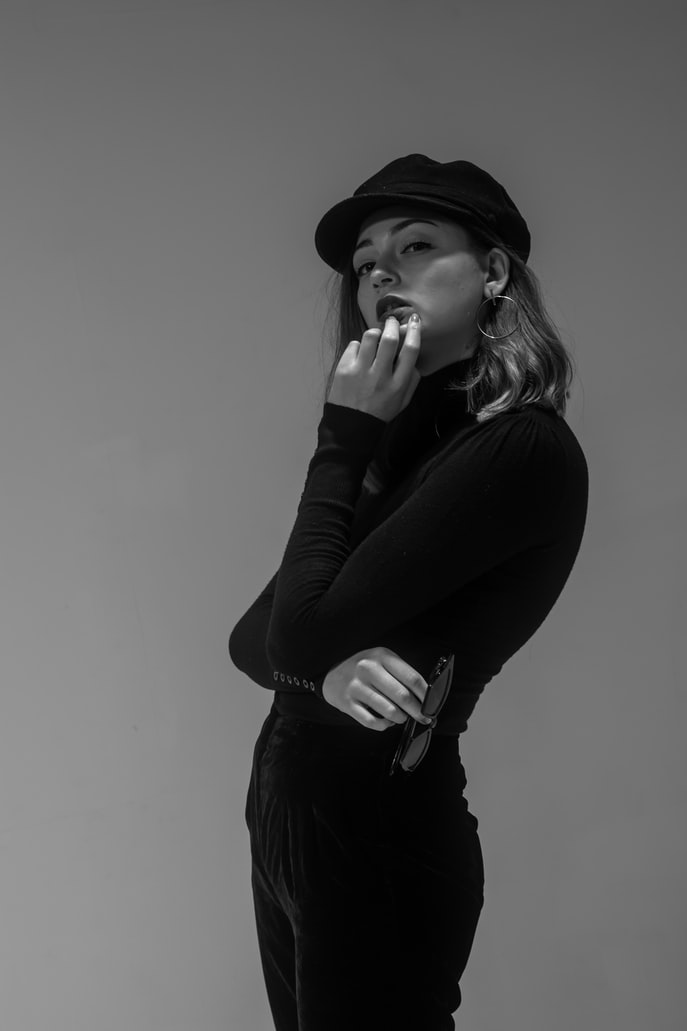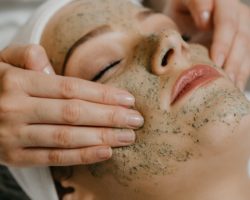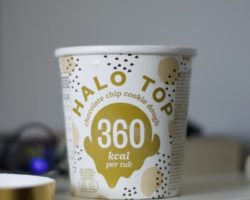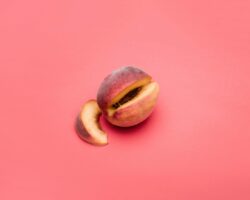If you can remember the past, you need a threadbare eyebrow and a lip tattoo. But Yulia Kudryavtseva is not a timid sort: together with people who pioneered the Russian beauty industry, she isn’t afraid to share her most traumatic beauty memories and at the same time assess the current state of affairs and fantasize about what is ahead for us in the foreseeable future
The amazing fact is that the things we dreamed about 25 years ago (or 15, or 10, or even 5 – the figure does not matter, viewers can remember the sharpest trend of last season) are now considered to be the worst nightmares. Everyone can find a couple of such beauty-examples – well, I’m unlikely to forget my trip to Moscow’s only luxury beauty salon in the mid-90s. They made me the coveted “chemistry”, combined with the dyeing of fringes in white – and in fact turned out yellow. The result of this manipulation – completely ruined hair, which required a short and completely unsuitable for me haircut.
Make-up artists in those glory years also tried their best. And if today we remember the finest plucked eyebrows without horror, and sometimes with love (thanks to the cyclical fashion), it is quite another matter – permanent makeup, which came from the 90s, which first changed the face beyond recognition, and then changed the colour itself: black, for example, without declaring war, turned into “elegant” blue. The results of many experiments, alas, were irreversible. “At that time, the number one plastic surgery was rightly considered a circular face lift, aka rhytidectomy – without nostalgia, says a plastic surgeon George Chemianov. – It got its “people’s” name due to the long incision the doctor made in a circle. The inevitable disadvantages of this technique were the inability to hide the stitches, and a totally unnatural result.
The same was true of aesthetic cosmetology. “I recall with horror lip augmentation with biopolymer, botulinum toxin injections to the effect of a fixed mask, and abuse of fillers,” says Maria Shir, chief physician of the Maria Shir Clinic of Aesthetic Medicine. And even the less aggressive manipulations have raised a huge number of questions. “When mesotherapy first appeared, all injections, and they were mostly vitamin complexes, were done with a special gun,” shares Victoria Roscha, founder of Kraftway Clinic. – The result was that the effect was very superficial, and a lot of expensive preparations remained on the skin. Now the results of the same formulations, injected with a regular syringe, are many times better.
It would take more than a magazine to list all the changes in the industry over 25 years. But several trends seem to be particularly important, and the first (and perhaps the most important) of them is the rejection of any stereotypes. “For me, the most unexpected trend is the emergence of cosmetics without gender,” says Anna Shir, general director of InterCharm. – For decades we have been told that men’s skin requires special care and universal products are out of the question. Now, there are absolutely no limits: a huge number of brands create products without reference to gender. The unisex trend has come into the beauty industry from the fashion world. When I opened my clinic 25 years ago, I could not believe that the male sex, who at that time were too shy to get a manicure, would easily sign up for rejuvenating peels and injections, or, for example, to freeze fat.
Another important trend is the skyrocketing interest in everything with the prefix ‘wellness’. Here too, the pandemic has had its influence: the long months spent locked away have changed our attitude not only to our own health, but also to our mental well-being. Which, of course, couldn’t help but have an impact on treatments, which have reached a peak in popularity in beauty salons and clinics. “A recent McKinsey survey found: 79% of respondents are primarily concerned with their well-being,” says Julia Johansson, founder of the Oriental Express spa centre. – Therefore, the leading positions are occupied by programmes enabling people to look and feel good: from magnesium baths and mud wraps to meditation and breathing practices”.
Overall, the cosmetics industry is now seeing products with previously unimaginable ingredients like peptides, stem cells and complexes that combat the effects of infrared rays and blue light. The trend towards eco-friendliness has never been more relevant – hence the experiments of major market players with recyclable packaging and the increasing rejection of animal testing. Celebrities are even better suited to the new reality of beauty care: name-brand Kylie Jenner and Rihanna are featured prominently in Forbes’ lists (the latter made her first billion dollars this year). So what do ordinary consumers of “star” and not so star products want? “The main trend from season to season is naturalness, – states Sergey Naumov, the make-up artist and creator of the brand. – But the fact that during the pandemic, images in the style of “Cirque du Soleil” just blew up social media, was a big surprise to me. It seems that with all the desire for naturalness, people lack bright emotions – which means that both of these trends are with us for a long time”.
The cosmic speed at which the beauty industry is evolving is literally breathtaking. So it’s not easy to imagine what’s in store for us in the foreseeable future, but my interviewees have tried. We can assume that the beauty world will be ruled by gadgets and artificial intelligence,” says Anna Dycheva. – Home diagnostics of the skin condition using phones will become possible: based on the received data, mobile applications will recommend aesthetic medicine procedures and accurately predict their results. In addition, there will be sensors that will not only measure the humidity of the room and the level of UV radiation, but will also offer products that are ideally suited for specific conditions. And that’s not all: 3D printers will enable us to create our own cosmetics from the comfort of our own home. This means that care will be practical, eco-friendly and as personalised as possible.
It is already obvious that the body’s genetic characteristics influence not only digestion and sports performance, but also the performance of cosmetic products. We can therefore assume that tests will come into use to identify the type of ageing and, according to that, create individual DNA-based preparations. Injections will be made by robots,” believes Maria Shirshakova, “and humans will only have to enter the necessary data into the programme. By the way, this technology is already being introduced in Asia. And scientists have discovered the first anti-ageing genetic mutation ever! That is, in the foreseeable future, doctors will be able to “turn on” the anti-age gene in the child when conception is achieved by in-vitro fertilization. But will everyone bet on eternal youth? The main trend is not to lose a certain number of years, but to look natural and well-groomed at any age,” says Roschaninova. – For example, gray hair is no longer a taboo today – what’s important is the condition of the hair. Her words are confirmed by new launches by the industry’s biggest players. For example, a real breakthrough was the introduction of the Wella Professionals brand line of True Grey, designed for those who are not only ashamed of their grey hair, but also want it to look as impressive as possible.
So, the best news is that we will have a thousand and one more ways to keep ourselves in a state in which we are comfortable. Well, no one will cancel complete freedom of action either!






